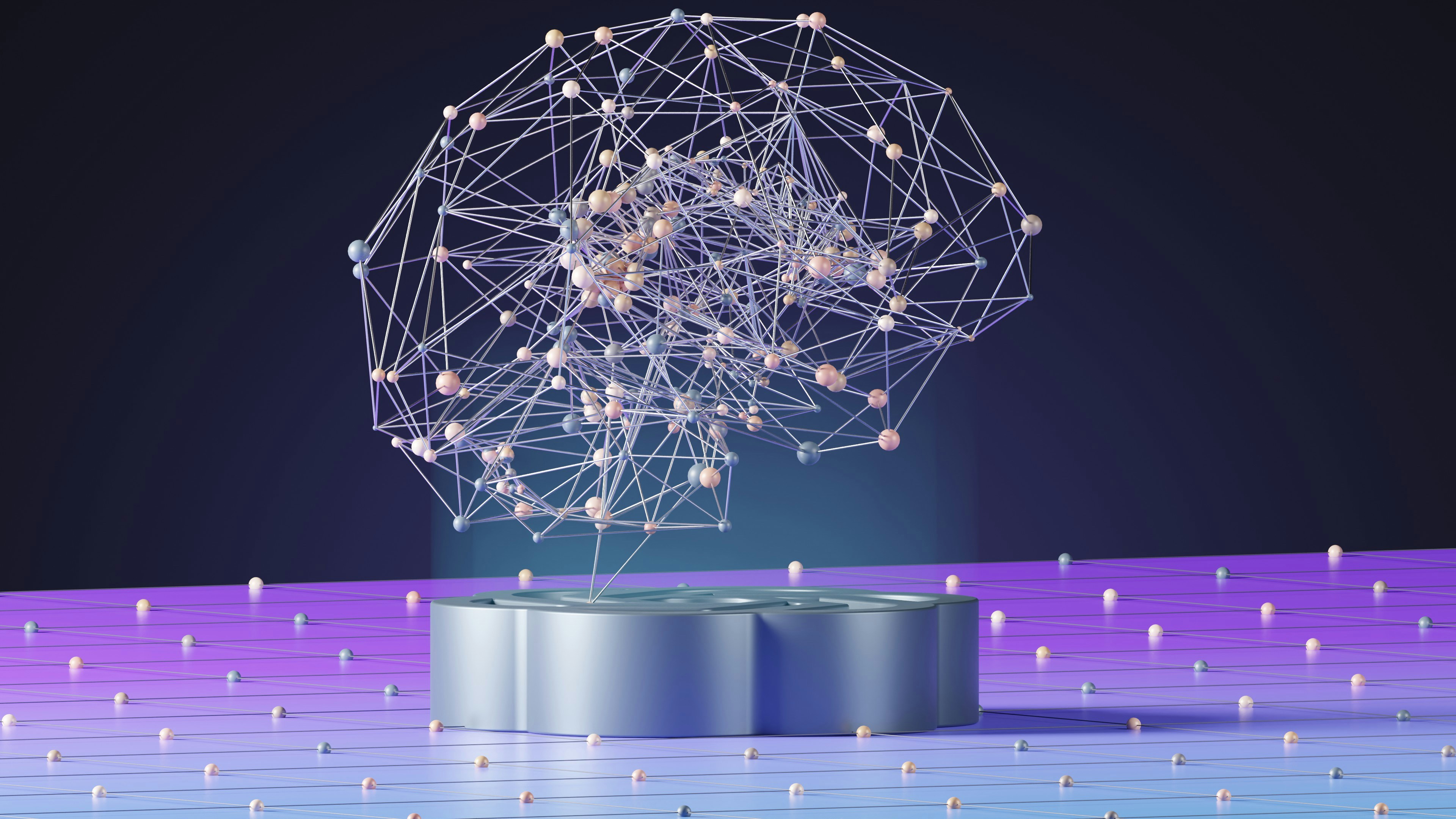Artificial Intelligence (AI) is shaping industries and decision-making processes across the globe. From hiring practices to healthcare delivery, AI promises efficiency and objectivity. However, a significant challenge lies in its potential for bias—an issue that undermines fairness, diversity, and inclusion (D&I). Research confirms that without careful oversight, AI systems can inadvertently reinforce existing prejudices (Forbes, 2024). This article examines the roots of AI bias, its impact on diversity, and actionable strategies to mitigate it.
Understanding AI Bias
AI bias arises when algorithms generate prejudiced or inequitable outcomes due to flawed assumptions, incomplete data, or human errors during development. According to the Frontiers in Research Metrics and Analytics (2024), bias is often embedded in AI during the training phase when models learn from historical data. If the training data reflects societal inequities—such as underrepresentation of certain groups—AI models will replicate and amplify these biases.
Another source of bias is the influence of human developers. The choices made during algorithm design, feature selection, or dataset curation can unintentionally introduce bias. This lack of diverse perspectives during development creates blind spots that reinforce existing disparities (CloudFlex Team, 2024).
Consequences of AI Bias
- Discrimination in Hiring:
- AI-powered recruitment tools often rely on historical hiring data to make recommendations. As highlighted by Forbes Tech Council (2024), if past hiring practices favored one demographic, AI systems are likely to replicate these trends. For example, a resume-screening AI trained on a predominantly male applicant pool may disproportionately reject women or individuals from minority groups.
- Exclusion of Marginalized Groups
- In sectors like healthcare and law enforcement, biased AI can exclude underrepresented populations from accessing essential services. As Frontiers in Research Metrics and Analytics (2024) explains, AI models used in risk assessments often overestimate the likelihood of reoffense for certain racial groups, exacerbating inequities in the justice system.
- Reinforcement of Stereotypes
- AI bias not only perpetuates inequities but can also reinforce harmful stereotypes. Image recognition systems, for instance, may associate certain professions with specific genders, limiting societal progress toward inclusivity (CloudFlex Team, 2024).
Strategies to Mitigate AI Bias
- 1. Diverse and Inclusive Data Collection
- Ensuring that training datasets are representative of all relevant demographics is essential. This involves collecting data that encompasses a wide range of experiences and backgrounds to prevent the model from learning biased patterns.
- 2. Conduct Regular Audits and Testing
- Bias detection audits are essential to ensure that AI models perform fairly. Tools like Microsoft’s Fairlearn allow organizations to identify and address disparities in algorithmic outcomes (CloudFlex Team, 2024).
- 3. Fairness-Aware Algorithm Design
- Developing algorithms that incorporate fairness constraints can reduce discriminatory outcomes. This includes techniques like reweighting data samples or adjusting decision thresholds to promote equity.
- 4. Transparency and Accountability
- Maintaining transparency in AI decision-making processes allows stakeholders to understand how outcomes are derived. Establishing accountability measures ensures that there are protocols in place to address any identified biases.
- 5. Interdisciplinary Collaboration
- Engaging experts from diverse fields, including ethics, sociology, and computer science, can provide comprehensive perspectives on potential biases and mitigation strategies.
Examples of Success
Companies like IBM and Google are using AI ethics teams to ensure fairness and transparency. Open-source tools such as Microsoft’s Fairlearn help detect and mitigate AI bias.
Conclusion
Addressing AI bias is critical for developing diversity and inclusion in various sectors. By implementing responsible development practices, organizations can harness the power of AI while upholding ethical standards and promoting fairness. Continuous evaluation and improvement of AI systems are necessary to prevent the perpetuation of biases and to ensure that technology serves as a tool for positive social change.
https://cloudflex.team/blog/ai-bias-identifying-mitigating-and-preventing-discriminatory-algorithms/




